That Soggy Spot in Your Yard? It’s Actually a Garden Goldmine
If I had a dollar for every time a homeowner told me about “the wet spot” in their yard, I’d have a pretty nice plant budget. You know the one—it’s that frustrating patch where the grass is always squishy, the mower gets stuck, and any plant you put there seems to give up and rot. For years, I’ve seen people fight these areas, dumping in sand or installing useless drains, only to watch their expensive plants die. They see a problem that needs fixing. But honestly? I see an opportunity.
In this article
A garden with constantly damp soil isn’t a curse. It’s just a specific environment that asks for a different game plan. Instead of trying to force the land to change, you can lean into it by choosing plants that are practically designed for it. These plants don’t just put up with wet conditions; they absolutely thrive. This guide is built on all the lessons I’ve learned working on sites with tough drainage. I’m going to share the same advice I give my clients, from figuring out your soil to picking plants that will make that soggy patch the most vibrant part of your landscape.
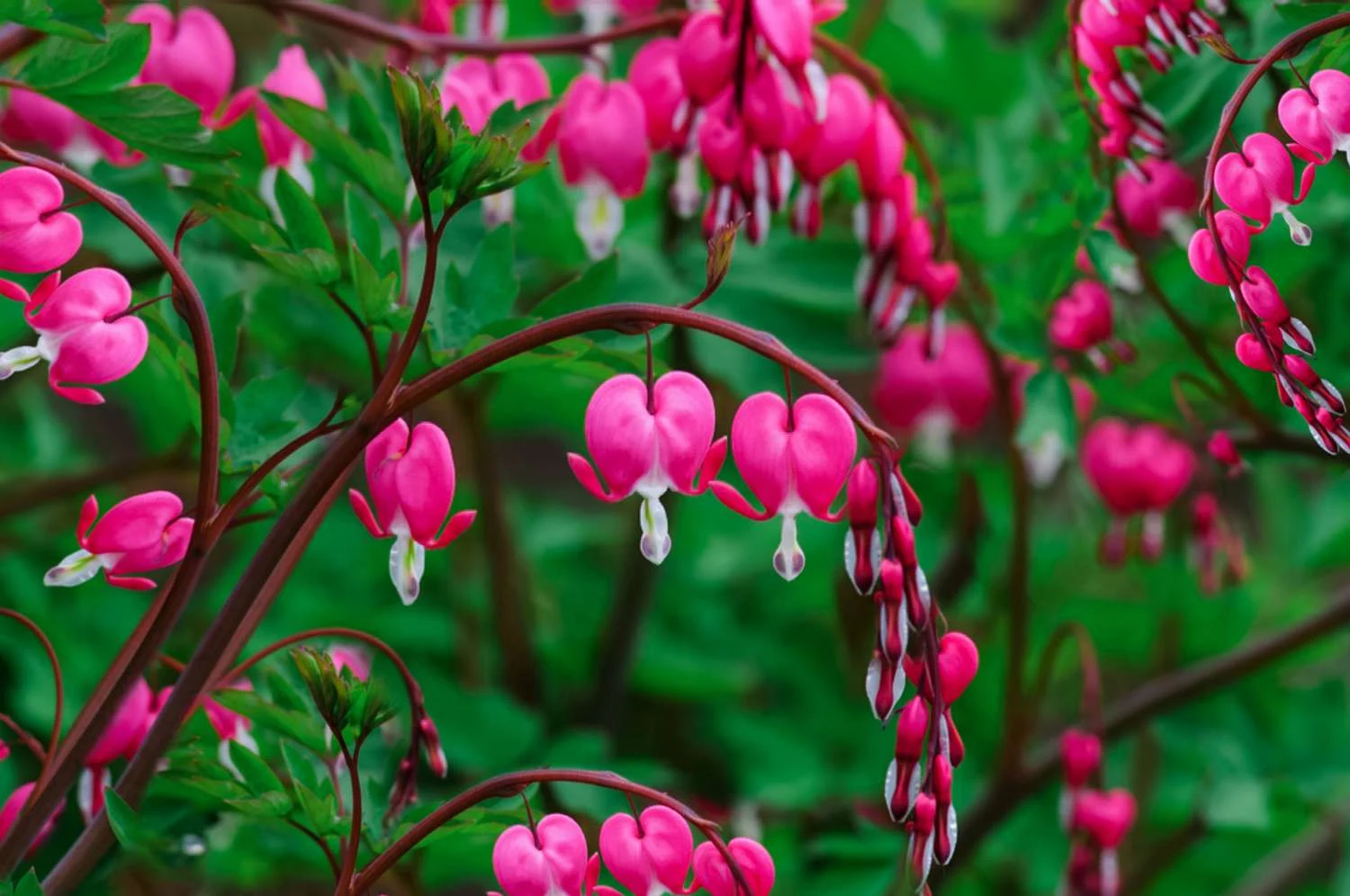
First Things First: What Does “Wet Soil” Even Mean?
Before you run to the nursery, you’ve got to play detective. “Wet soil” can mean a few different things. Maybe you’re in a low spot that acts like a bowl every time it rains. Or perhaps you’re dealing with heavy clay soil that holds onto water for dear life. You might even have a high water table, meaning the ground is naturally saturated just a bit below the surface.
In all these cases, the real villain is a lack of oxygen. It’s a bit of a surprise, but most plant roots need to breathe. When soil is completely waterlogged, there are no tiny air pockets left. The roots essentially drown, which leads to root rot and, well, a dead plant. The good news is that certain plants have evolved some brilliant workarounds. Some have hollow stems or special root tissues that act like snorkels, piping oxygen down from the leaves. Others grow shallow, fibrous roots that stay close to the surface, above the soggiest layers. Pretty cool, right?
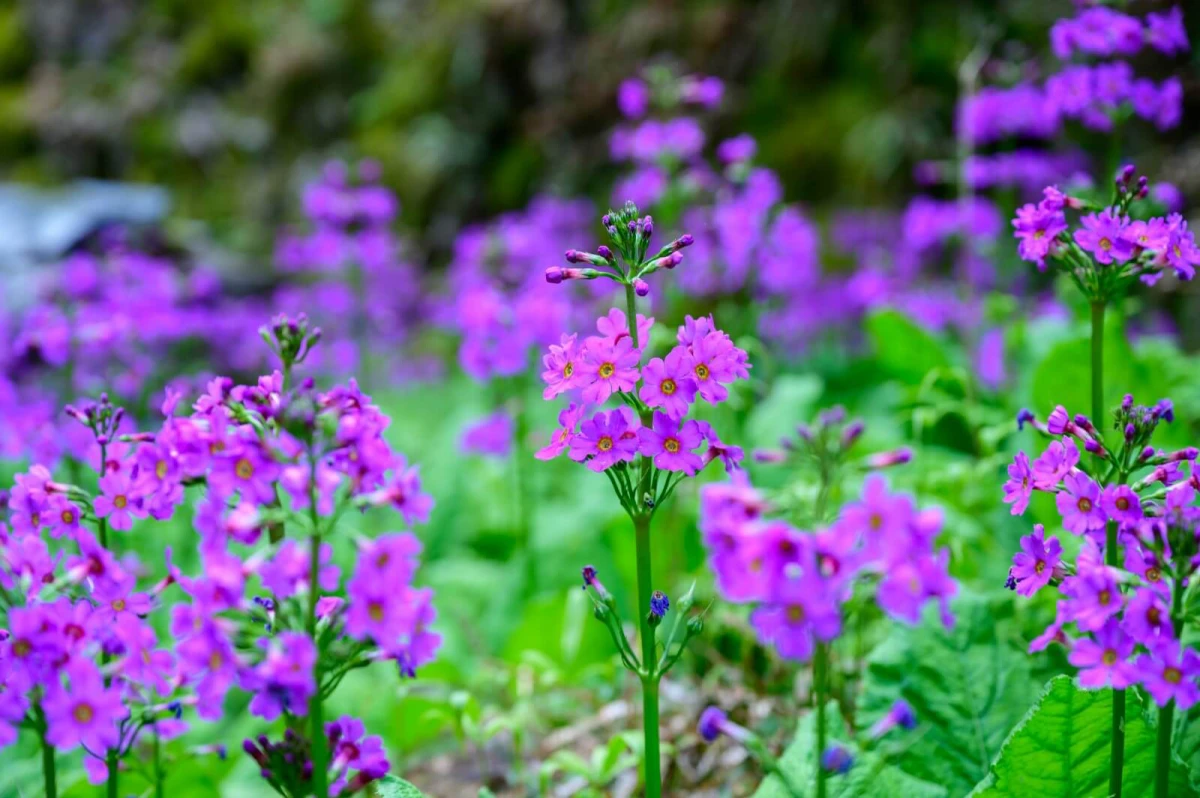
The Pro’s Go-To Soil Drainage Test
Here’s a simple test I use on every site to get a real sense of the drainage. It swaps guesswork for actual data.
- Dig a Hole: Grab a shovel and dig a hole about a foot wide and a foot deep. Don’t stress over the exact dimensions; it’s a good general size.
- Fill It Once: Fill the hole to the top with water and let it drain completely. This pre-saturates the surrounding soil so your real test is more accurate.
- Refill and Time It: Fill the hole with water again. This time, grab a ruler and check how much the water level drops each hour.
Heads up! A common mistake is doing this test the day after a week of heavy rain. To get a true reading of your soil’s typical state, wait for a couple of dry days before you start digging.
So, what do the results mean? If the water drops about an inch per hour, you’ve got great drainage—most plants will love it. If it drains at half an inch per hour or even slower, you’ve officially confirmed you have poorly drained, wet soil. Now you know what you’re up against and can choose plants accordingly.
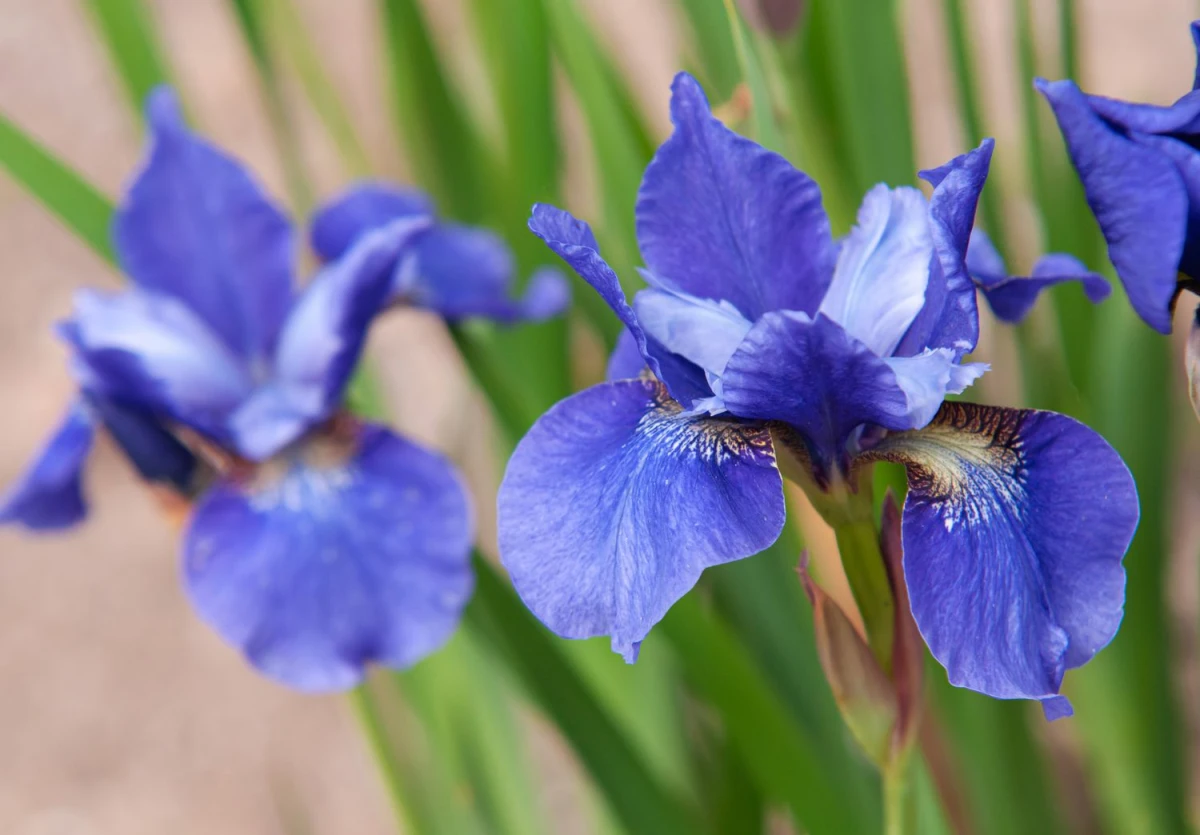
Prepping the Site: What Actually Works (and What Doesn’t)
Let’s debunk a common myth right now. Please, do not dig a hole in heavy clay and “fix” it by filling the bottom with gravel or sand. All you’re doing is creating what I call the “bathtub effect.” Water will flow into your nicely amended hole and get trapped by the dense clay walls, making root rot worse. It’s a costly mistake I see all the time.
The Secret is Building UP, Not Digging Down
Instead of creating a drainage pit, the best strategy is to elevate your planting area, even by just a few inches. This lifts the plant’s sensitive crown (where the stem meets the roots) above the waterlogged soil.
Your best friend for this job is organic matter. I swear by a good mix of high-quality compost and finely shredded pine bark (often sold as pine fines or soil conditioner). My go-to recipe is about two parts compost to one part pine bark fines. This blend creates a fantastic, loamy structure. For a new garden bed, spread a 3- to 4-inch layer over the entire area and gently work it into the top 6 inches of your existing soil. Amending the whole bed, not just one planting hole, is the key to avoiding that bathtub problem.
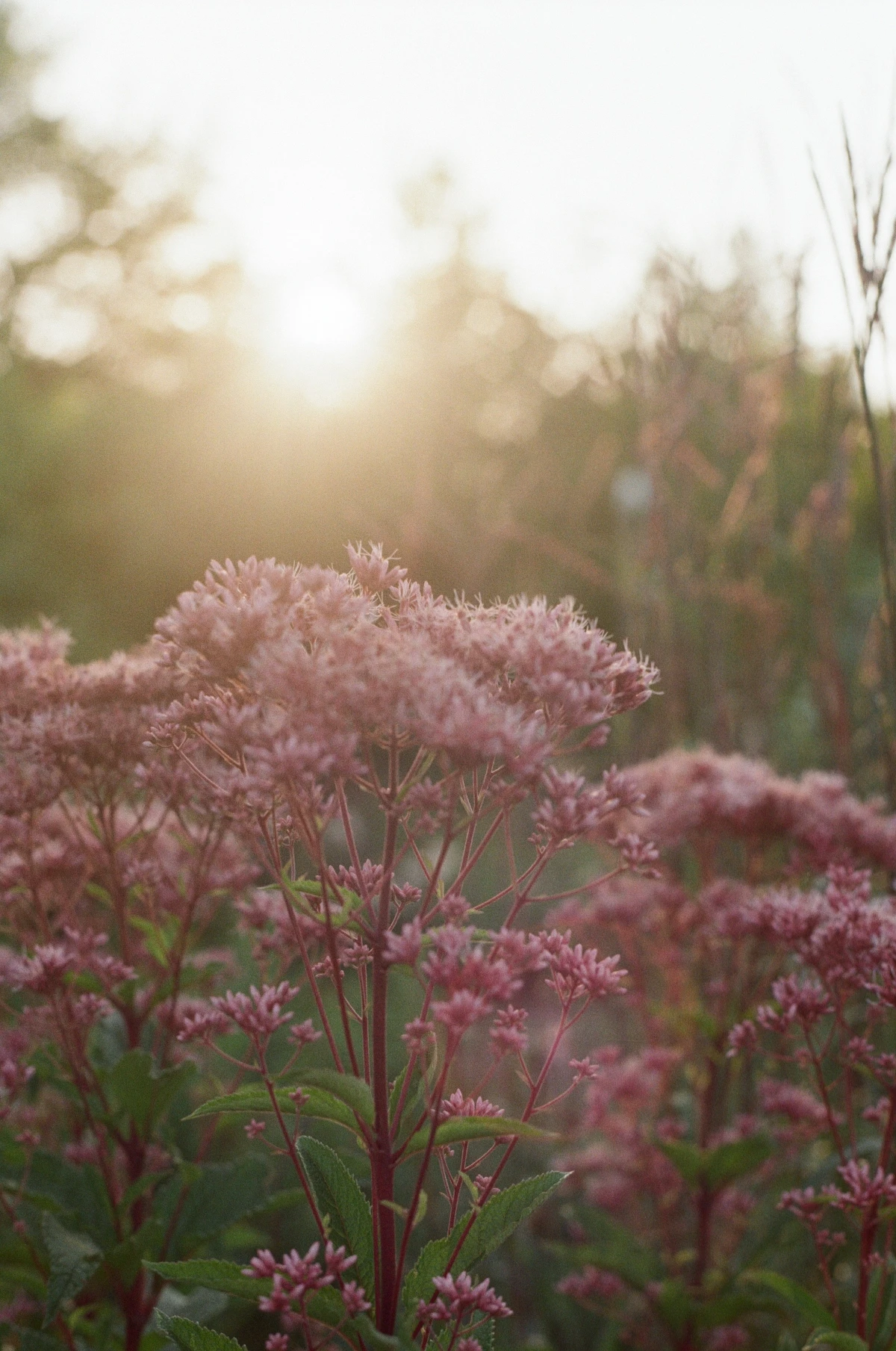
Good to know: Wondering how much to buy? For a 10×10 foot bed (that’s 100 square feet), you’ll need roughly one cubic yard of compost for a 3-inch layer. It’s more than you think! A cubic yard of compost will probably run you between $30 and $60 from a local landscape supplier, which is way cheaper than buying it by the bag. Plan for a solid afternoon of work to get a medium-sized bed prepped right—it’s a workout, but your plants will thank you.
Planting High: The Easiest Trick in the Book
When you’re ready to plant, dig your hole and place the plant so the top of its root ball is about an inch higher than the surrounding ground. Then, mound the amended soil up to meet the base of the plant. This creates a tiny hill that helps water drain away from the crown instead of pooling around it. It’s a simple, game-changing habit.
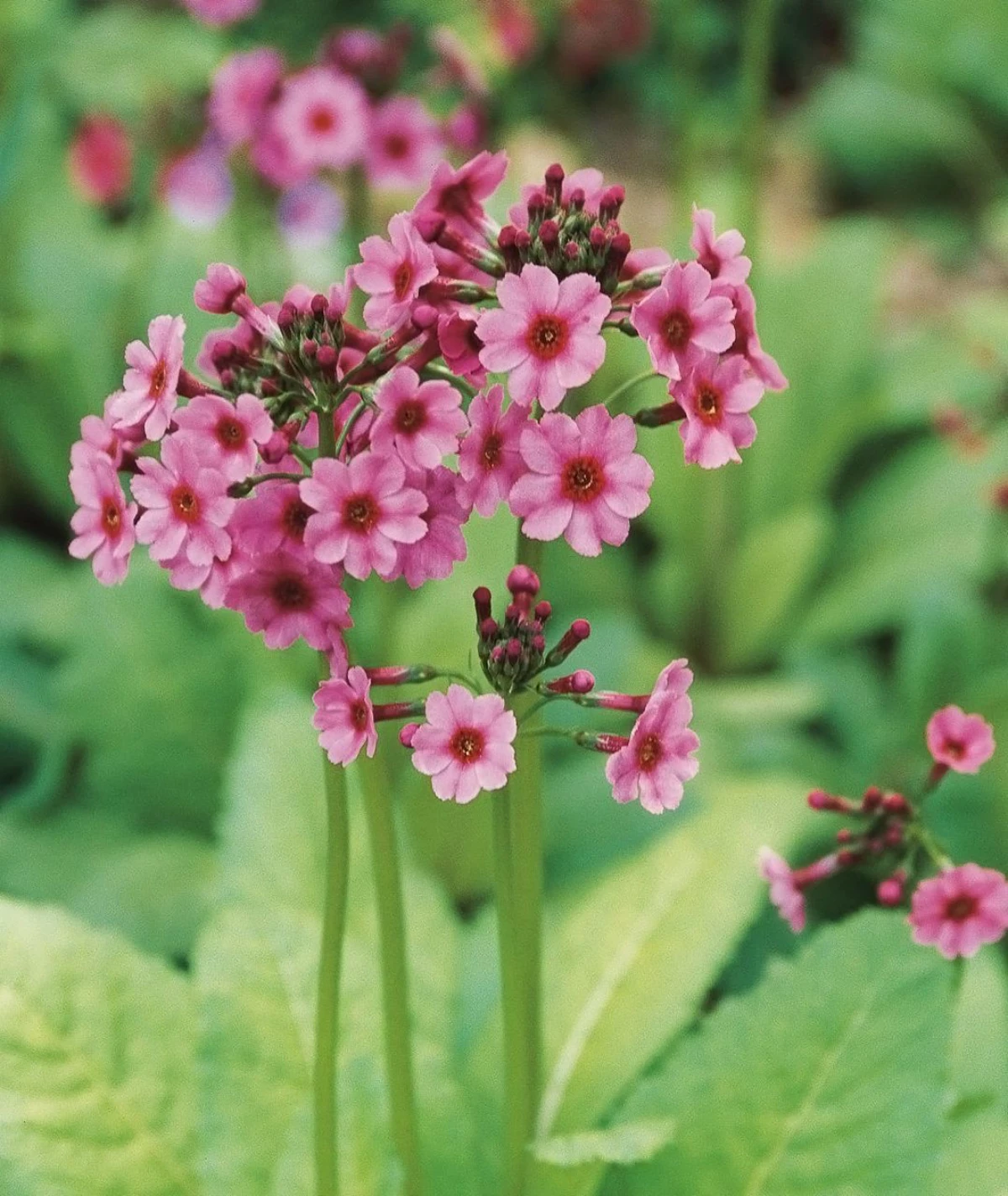
A Quick Word on Hardiness Zones
Before we get to the plants, you’ll see me mention Hardiness Zones. If you’re new to gardening, the USDA Plant Hardiness Zone map is a tool that helps you know which plants will survive the winter in your specific area. It divides the country into zones based on average minimum winter temperatures. It’s super easy to find yours—just search online for “USDA Hardiness Zone” plus your zip code. Always check a plant’s zone rating before you buy it!
My Favorite Plants for Wet Ground
Okay, here’s the fun part. These are some of the most reliable and beautiful plants I’ve used over the years for wet spots. A one-gallon perennial will usually cost between $15 and $25 at a local nursery.
For Consistently Moist Soil (Great for the Edges)
- Astilbe: With fluffy, vibrant plumes, Astilbe is a star for shady, moist gardens. It absolutely needs consistent water, or its leaves will scorch. I love planting different kinds together to get blooms from early to late summer. They’re a great source of nectar for small pollinators.
- Japanese Primrose: In the spring, these send up incredible stalks with tiered rings of flowers, like little candelabras. They love moist-to-wet soil and will often spread on their own in a happy spot, creating a stunning colony. Perfect for a shady area near a downspout.
- Bleeding Heart: A classic for a reason, this plant’s heart-shaped flowers are pure magic in a shady, rich garden. It loves moisture but doesn’t want to sit in a swamp. Use it in a well-amended spot, not the absolute lowest point of your wet area.
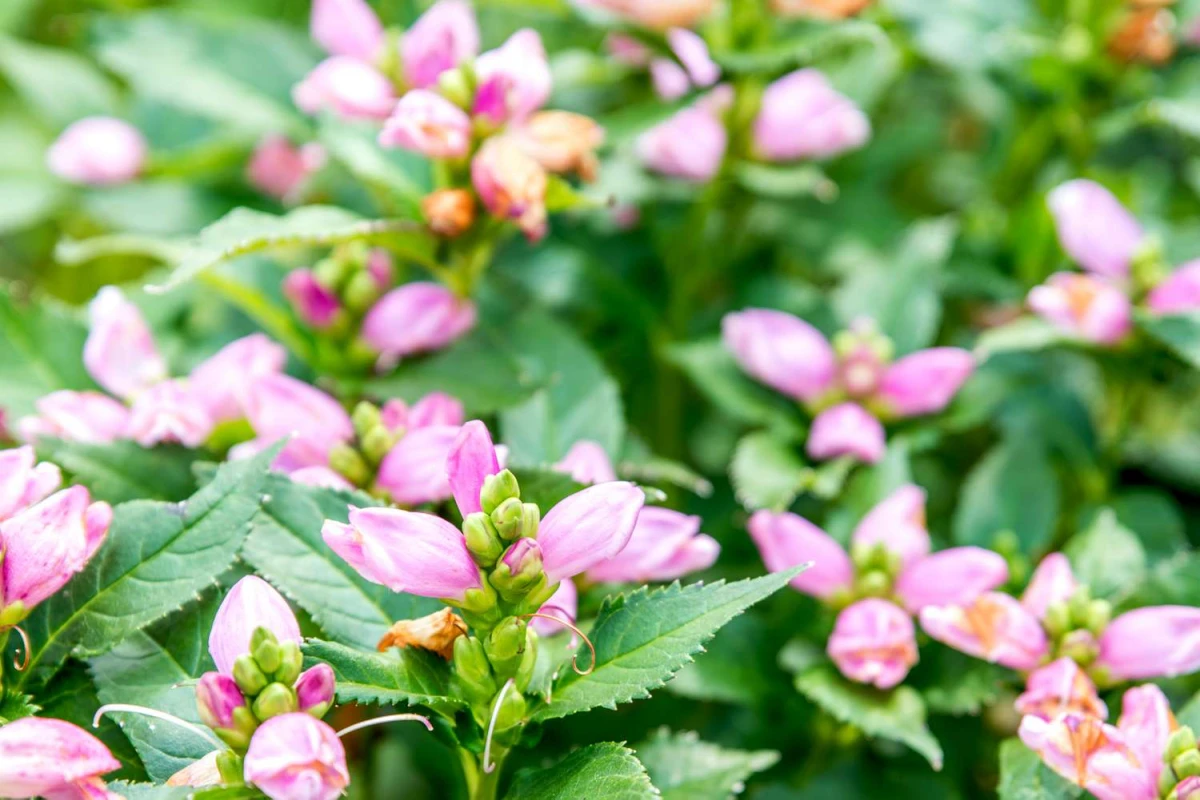
For Soggy Soil and Even Shallow Water
When it comes to irises, it’s all about picking the right family. The common Bearded Iris you see everywhere needs sharp drainage and will rot in a wet spot. But its cousins? They’re a whole different story.
- The Siberian Iris is tough and elegant, with grassy foliage that looks good all season. It thrives in moist soil and can even handle being in standing water for short periods. Plus, it’s resistant to the pests that often plague other irises.
- The Japanese Iris wants even more water. It loves boggy conditions and its flowers are huge and flat, like gorgeous watercolor paintings. The trick I learned from an old pro is that while they love being wet in the summer, they prefer to be a bit drier in winter. So, plant them in a spot that’s soggy in summer but doesn’t stay a frozen pond all winter.
- Cardinal Flower: If you want to attract hummingbirds, this is non-negotiable. That spike of pure, brilliant red is an absolute magnet for them. It grows naturally on stream banks and MUST have constant moisture. If it wilts, water it immediately. It’s a short-lived perennial, but it often self-seeds, so you’ll have it for years to come.
- Joe Pye Weed: This is a tall, majestic native plant for the back of the garden. Its big, fuzzy domes of pinkish-purple flowers are a butterfly paradise in late summer. Make sure you give it room, as some varieties can tower over six feet! If you need something smaller, look for the ‘Little Joe’ cultivar, which stays around four feet.
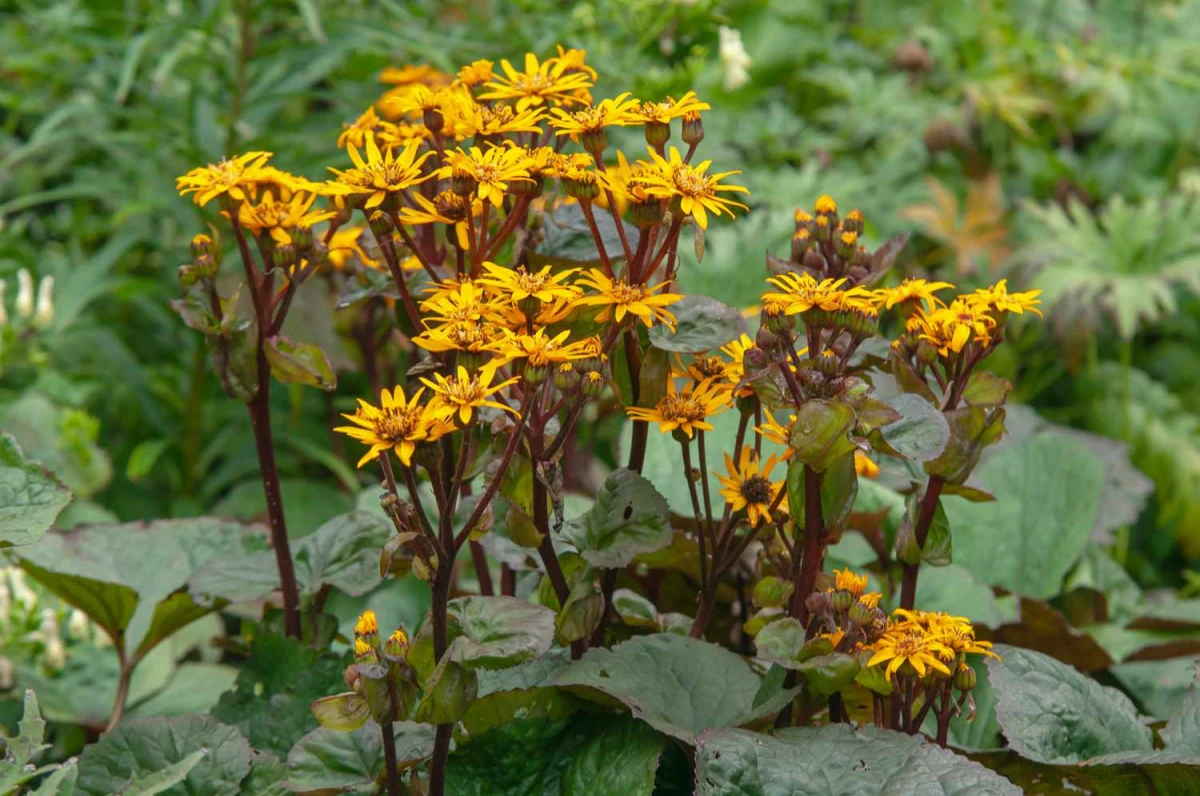
For That Tricky Combo: Shade and Wet Soil
- Leopard Plant: This one is a foliage superstar. Its huge, round, glossy leaves make a bold statement. In late summer, it sends up stalks of bright yellow, daisy-like flowers. It demands shade and wet soil. One thing to know: it wilts dramatically on hot afternoons, even if the soil is wet. This is just its way of conserving water! It almost always perks right back up by evening.
- Turtlehead: Named for its cool, snapdragon-like flowers that look like a turtle’s head, this is a fantastic late-bloomer for a wet, shady corner. It’s tough, dependable, and generally deer-resistant, which is a huge plus in my book.
- Water-Loving Ferns: Ferns are a no-brainer for shade, but for truly wet spots, you need the right kind. My go-tos are Royal Fern and Cinnamon Fern—both can handle very soggy soil. Ostrich Fern also loves moisture, but be warned: in rich, wet soil, it can be an aggressive spreader. I only use it on larger properties where it has plenty of room to run.
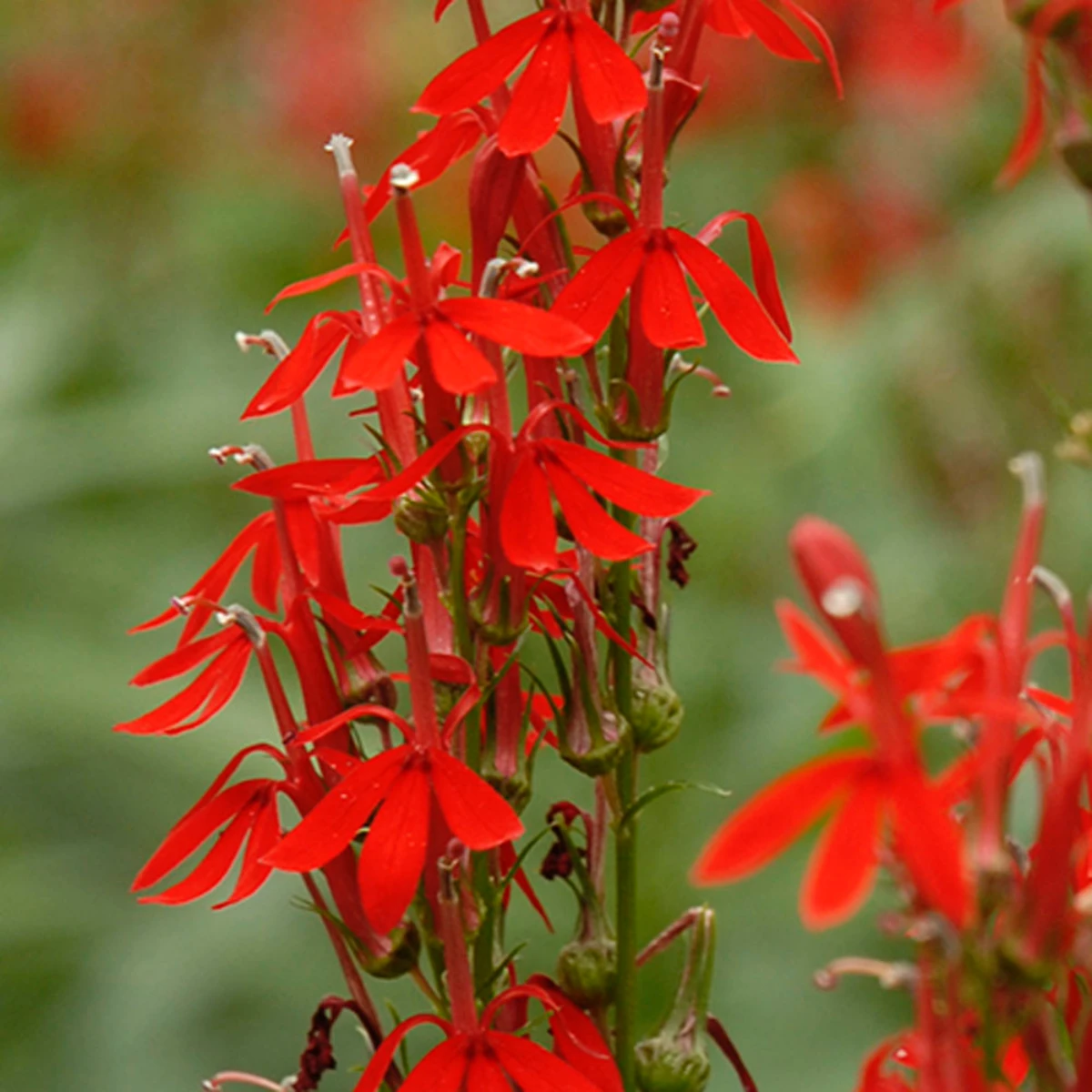
Shrubs That Don’t Mind Wet Feet
Sometimes you need more height and structure. These are my top picks for shrubs that can handle the wet.
- Red Twig Dogwood: A true four-season shrub. It looks great in summer, but its real show is in winter when its bare stems glow fiery red against the snow. To get that amazing color, you have to prune it—the brightest red is on new growth. I recommend cutting out about a third of the oldest, thickest stems every spring.
- Winterberry Holly: Another winter stunner. After the leaves drop, female plants are covered in brilliant red berries that birds love. A critical tip: you need a male plant to pollinate the females so they’ll make berries. When you’re at the nursery, look for a pair. A common duo is the male ‘Jim Dandy’ and the female ‘Red Sprite’. One male can pollinate several females.
- Buttonbush: For a seriously wet or boggy spot, this native shrub is fantastic. It can even grow in a bit of standing water. Its flowers are the real show—perfectly round, spiky white spheres that smell amazing and are a magnet for every bee and butterfly in the neighborhood.
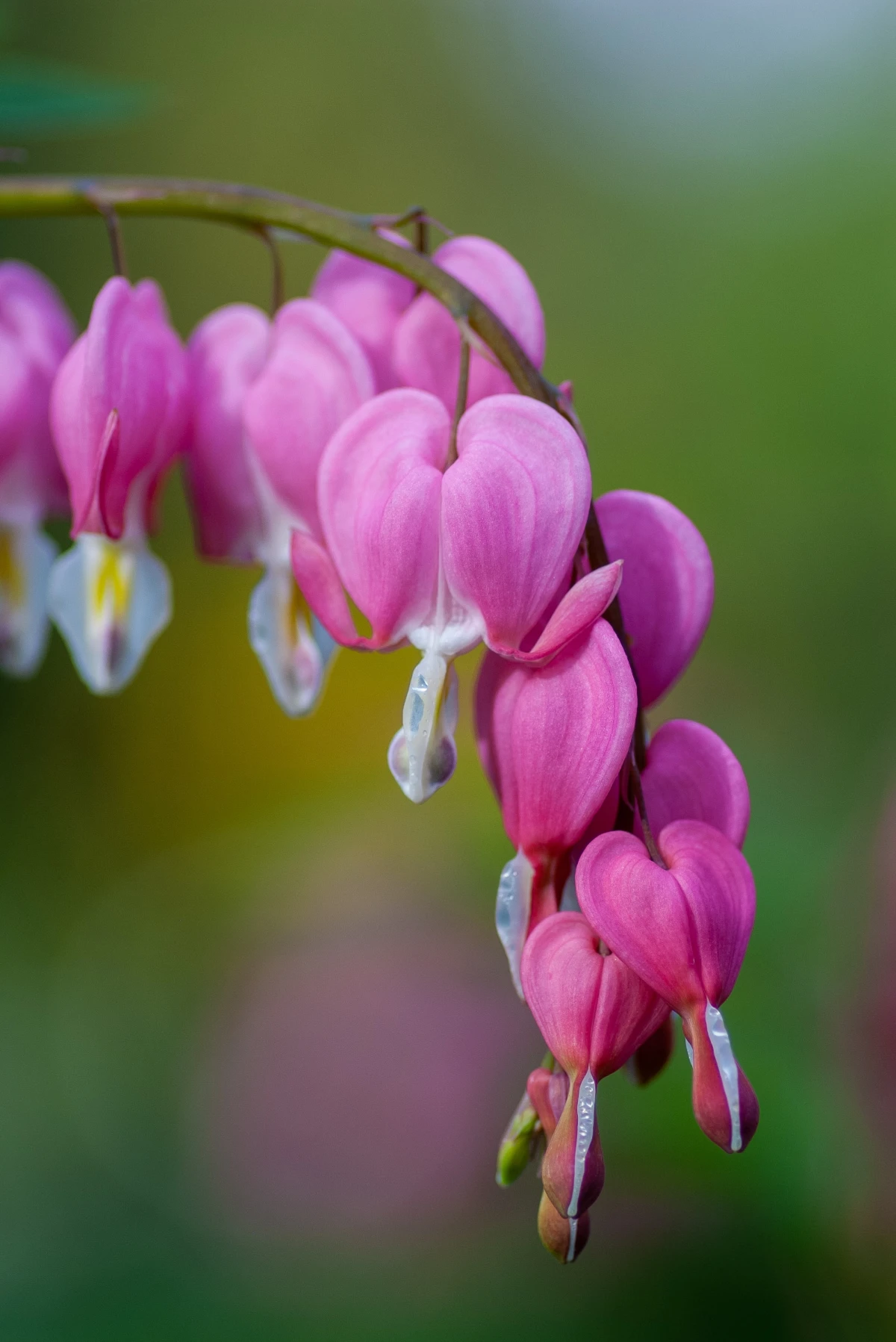
Feeling Overwhelmed? Try This Quick Win This Weekend
If building a whole new garden bed sounds like too much, I get it. Here’s your quick win: go buy one Red Twig Dogwood shrub. Plant it high in your wettest spot using the technique I mentioned earlier. It’s nearly indestructible, and you’ll get instant gratification this winter when its red stems brighten up the dreary landscape. It’s a small step that makes a big impact.
Your First-Timer’s Shopping List
Ready to tackle a small bed? Here’s a simple, bulletproof shopping list to get you started on a 5×5 foot patch.
- Plants: One ‘Little Joe’ Pye Weed (for the back), two Siberian Irises, and three Turtlehead plants (for the front). This combo gives you height, different flower shapes, and blooms from mid-summer to fall.
- Soil: 4-5 large bags of compost and 2-3 bags of pine bark fines or soil conditioner.
- Tools: A sturdy shovel, gardening gloves, and a watering can. That’s it!
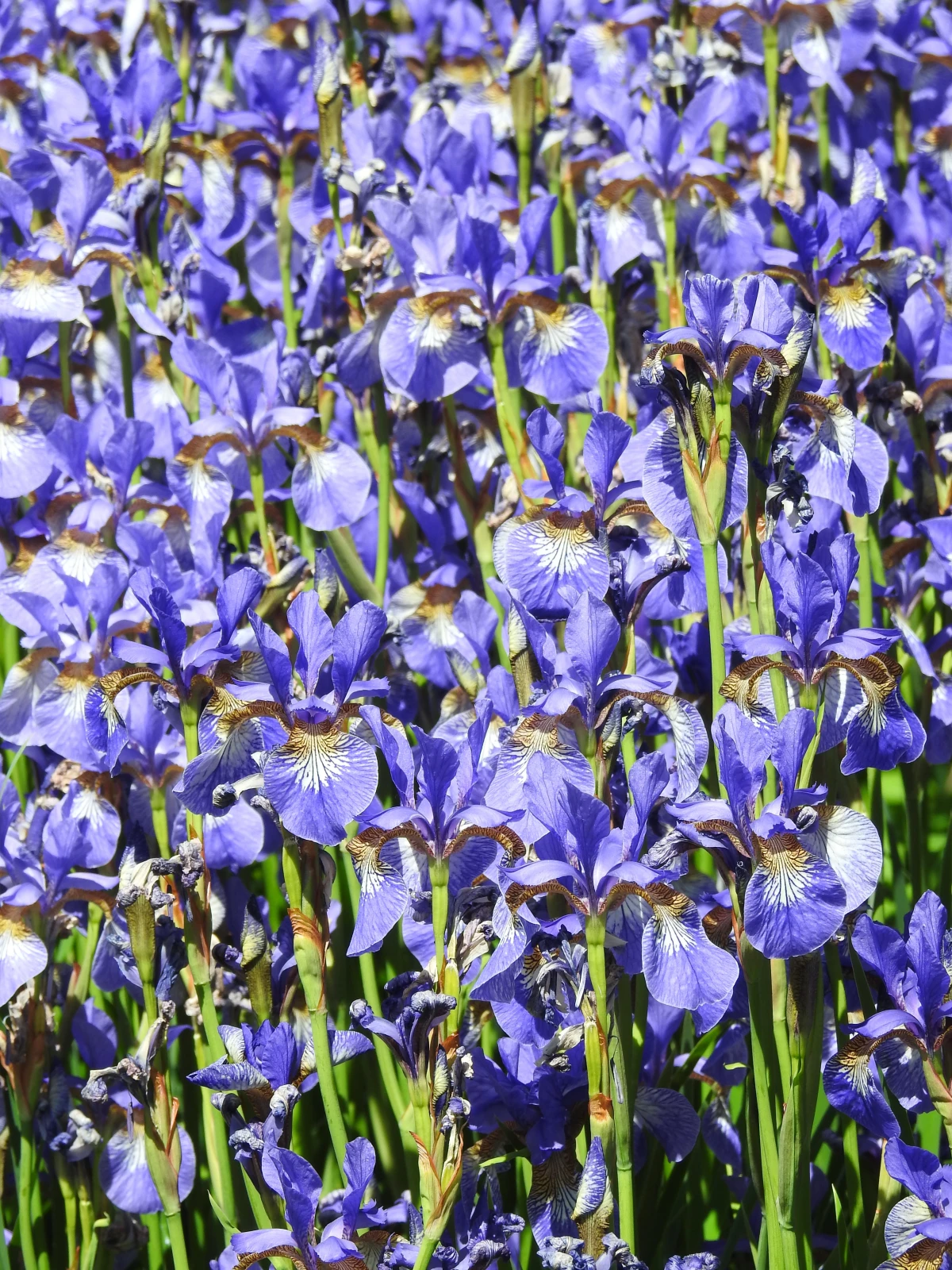
A Final Word of Advice
Working in wet areas just requires a bit of common sense. The ground can be slick, so watch your footing. And a quick safety reminder: if you have serious water issues, like pooling against your foundation or a flooded basement, that’s not a gardening problem. That’s when you need to call a drainage specialist or an engineer. I once saw a homeowner try to solve a foundation leak with a few shrubs, and it was a very expensive mistake.
So, that soggy spot in your yard really doesn’t have to be a headache. With the right approach and the right plants, it can become a lush, beautiful garden that’s buzzing with life. It’s all about working with nature instead of fighting it—a lesson that makes for a much happier gardener.










